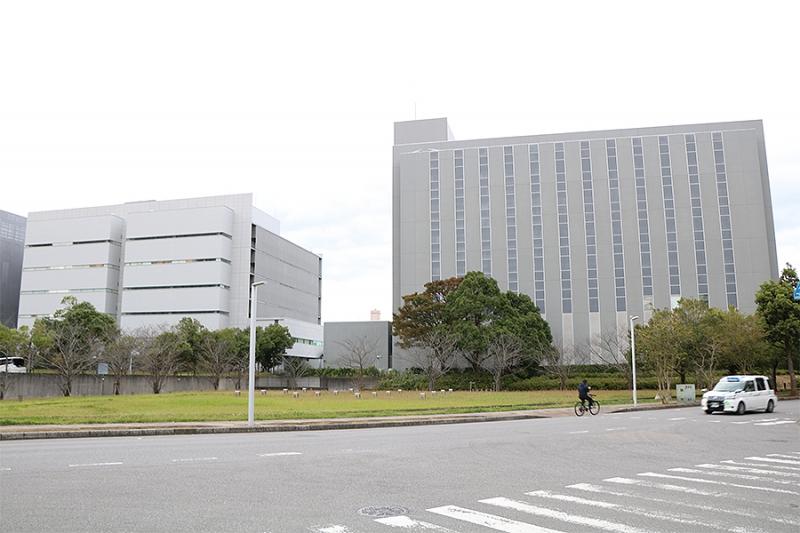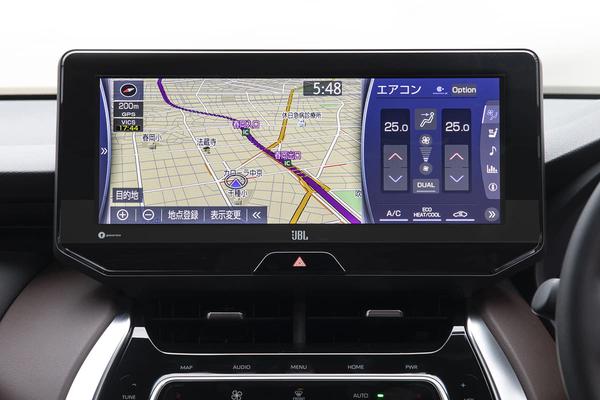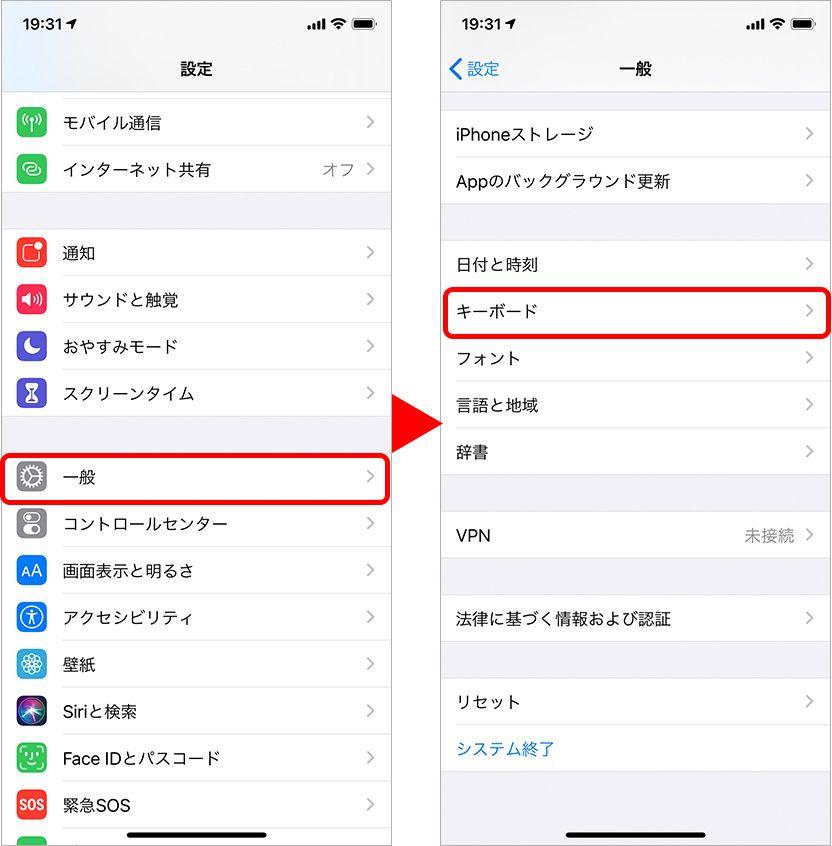How to support the ever-increasing demand for telecommunications, the current state and future of digital infrastructure
The government has embarked on discussions to strengthen digital infrastructure such as data centers (DC) and communication networks. Along with energy and food, the demand for telecommunications continues to expand as the foundation that drives the economy and people's lives. How will the invisible "blood of society" spread? We explored the current state and future direction of digital infrastructure in the midst of a mountain of challenges, such as the expansion of communication applications, strengthening of resilience (resilience), and the creation of new demand. (Keisuke Takada)
Inzai City, Chiba Prefecture, about 40 kilometers away from the center of Tokyo in a straight line. About 15 minutes on foot from Chiba New Town Chuo Station, there is a corner of a huge DC. Daiwa House Industry is currently planning to invest about 100 billion yen to build a new DC, and the construction rush continues.
About 60% of all DCs in Japan are concentrated in the Kanto region, including Inzai City, and about 80% if you include the Kansai area such as Ibaraki City and Minoh City in Osaka Prefecture. The background is affected by the distance to the demand area. From the viewpoint of low latency (communication delay) and traffic access, DC locations were concentrated in places relatively close to urban areas and where large tracts of land could be secured. In contrast to the Kanto and Kansai areas, which have many large DCs, it is said that there are many small DCs in regions that have been developed in response to requests from backups and local companies.
The spread of telework and the increased demand for communication, such as the use of smartphones, caused communication delays in some areas. The Ministry of Internal Affairs and Communications estimates that the communication volume will increase 30 times in 10 years, as it will continue to spread in various fields such as self-driving cars, smart factories, and telemedicine.
In response to the ever-increasing demand, the government has come up with a plan to deploy DCs in the country with local distribution in mind. In the growth strategy implementation plan announced in June, the company set about 5 core bases nationwide and about 10 regional bases for high-performance, low-power consumption DCs.
The Ministry of Economy, Trade and Industry and the Ministry of Internal Affairs and Communications, which have jurisdiction over the information and telecommunications field, said at an expert meeting on the 19th that they should be about several hundred kilometers away from the Tokyo metropolitan area and secure a site area of about 10 hectares or more in order to strengthen resilience. etc. were presented as requirements. In the future, we plan to announce the summary by the end of the year through interviews with business operators and individual exchanges with local governments that are interested in the location.

There are also moves to improve the performance and convenience of communication. The Ministry of Economy, Trade and Industry will start research and development of optoelectronics convergence technology to reduce the loss of power semiconductors and convert server wiring to optical wiring by the end of January 2022. A maximum of 141 billion yen out of the 2 trillion yen Green Innovation Fund by the New Energy and Industrial Technology Development Organization (NEDO) will be utilized.
What is the response of local governments to the government's attempt to simultaneously promote research and development while simultaneously establishing bases in rural areas? Attraction strategies that take advantage of regional characteristics are beginning to emerge.
In Hokkaido, Professor Tsuyoshi Yamamoto of Hokkaido University played a central role in establishing the Hokkaido Newtopia Data Center Study Group. We will appeal the benefits of the plan to lay a submarine cable connecting Japan and Europe via the Arctic Ocean, the use of natural energy, and the climate unique to cold regions that can cool the server room by taking in outside air. Aim for the development of
Local governments and the business community also show interest. In May, the Tomakomai Chamber of Commerce and Industry submitted a written request to Mayor Hirofumi Iwakura for a DC attraction, and there is also a plan to attract it in cooperation with the three municipalities of Sapporo, Ishikari, and Tomakomai.
Fukuoka City, Kitakyushu City, and Fukuoka Prefecture, which has two ordinance-designated cities, are also raising their hands. At a press conference in July, Gov. Seitaro Hattori announced that he would promote the attraction, stating that it was "the most suitable location" from the viewpoint of electricity costs, cheap land, and business continuity planning (BCP). The prefecture set up a project team and started preparations.
There are many problems in local dispersion of DC. At a press conference on the 15th, Minister of State for Economic and Security Affairs Takayuki Kobayashi commented on the strengthening of domestic semiconductor manufacturing bases, saying, "It is (important) whether policies can be consistent as a whole. There is no point in doing things separately." He expressed his recognition that measures that span each ministry and agency should be cross-cutting.
DC, which consumes a large amount of power, requires the construction of a special high-voltage power cable and the construction of a communication network from the location to the demand area. In some cases, it takes about 10 years to build underground power tunnels, and an expert panel of the Ministry of Economy, Trade and Industry and the Ministry of Internal Affairs and Communications pointed out that this could become a bottleneck.
With the development of digital infrastructure, it is necessary to develop new demand in rural areas. A government official close to Prime Minister Fumio Kishida said, "Because we are a developed country with new challenges, we need digital infrastructure in areas such as self-driving cars and smart agriculture." Creation will start from now on." As he says, it is difficult to find the answer to local production for local consumption of telecommunications linked to regional characteristics.
Decarbonization is also a keyword. DC operators around the world, including US Google and US Amazon.com, have set a goal of procuring carbon-free energy for operating DCs, which consume a lot of electricity. In Japan, there is also a proposal to disperse DC locations as a means of curbing the output control of renewable energy, but it will take time to materialize it.
In Japan, where there are many issues such as the declining birthrate and aging population, there are high expectations for digital technology to transform society and the economy. In order to overcome hurdles such as infrastructure development, demand creation, and decarbonization, it is essential to work together with related ministries, local governments, and business operators.
Nikkan Kogyo Shimbun October 28, 2021
COMMENT
"Chicken or egg first". It seems that such a proposition will accompany the development of digital infrastructure such as DC in the future. Even if a decent DC is created in a rural area, it will be difficult to effectively use it as a boxed product if there is no demand. I have. When I actually visited Inzai this time, I got the impression that it was "no noise" = "quiet" compared to the manufacturing bases and logistics bases. How much merit will there be for the regional economy as DC and communication network facilities progress? It seems that the local governments who are going to put their name forward will not only attract and build DCs, but also what kind of future they will envision.















